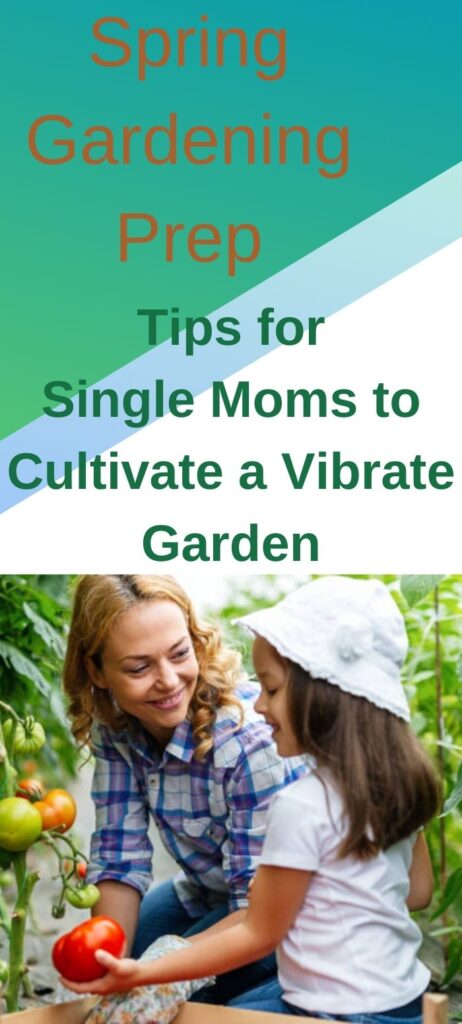
As spring approaches, the promise of warmer weather and blooming gardens fills the air. For single moms, gardening can offer not only a beautiful outdoor space but also a rewarding hobby that brings joy and sustenance to the family. However, balancing gardening with the responsibilities of parenting can be challenging. Fear not! With careful planning and efficient strategies, you can create a flourishing garden while managing your busy schedule. If you enjoy gardening as a single parent it can be not only a learning experience for your children but it can be another way for you to connect and grow along with your kids. Gardening can be very therapeutic to manage stress and help lower cortisol levels. Being out in nature and being amongst the plants can help with all sorts of stresses. Another benefit to a garden is to grow your food. Often you will have more than enough and you can give it away to your neighbors and build community!
- Set Realistic Goals: Before diving into gardening tasks, take some time to assess your available time and resources. Set realistic goals for your garden based on your schedule and energy levels. Consider starting small with a few manageable beds or containers. Remember, even a modest garden can yield a bounty of fresh produce and vibrant flowers. Depending on your goals for your garden think about what kind of foods your children would enjoy as well as what you can turn into frozen or canned goods to be preserved for later use. Some great vegetables that can be preserved are cucumbers, tomatoes, peas, corn, and peppers. Whatever you think your children will enjoy I would encourage you to get them so that would help them to get excited to see what would grow in the garden. Depending on your space you can do container or bed gardens. No matter whether you live in a city or in the country there are always ways that you can grow food.
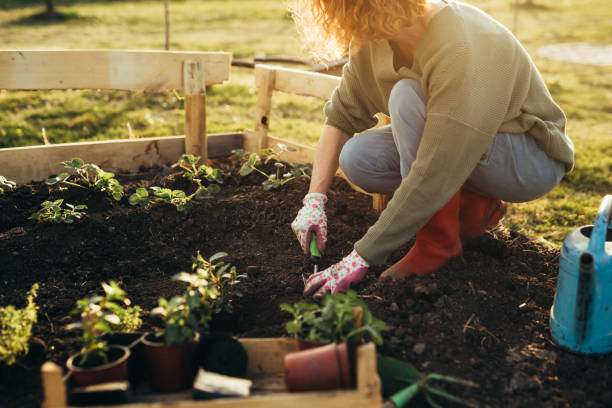
2. Plan Your Garden Layout: Map out your garden space and plan what you want to grow. Consider the needs of your plants, including sunlight, soil quality, and water requirements. Opt for low-maintenance plants that thrive in your climate and require minimal attention. Utilize vertical gardening techniques and raised beds to maximize space and make maintenance easier. There are so many resources out there depending on what you are looking to do with your garden. Many times you can get overwhelmed sifting through information so pick what you want it to look like first and then find the information about that plan. It will be tricky sometimes to sift through information but take good notes on your garden so you know what did and didn’t work for your space and climate. Over the years you will know what did and didn’t work.
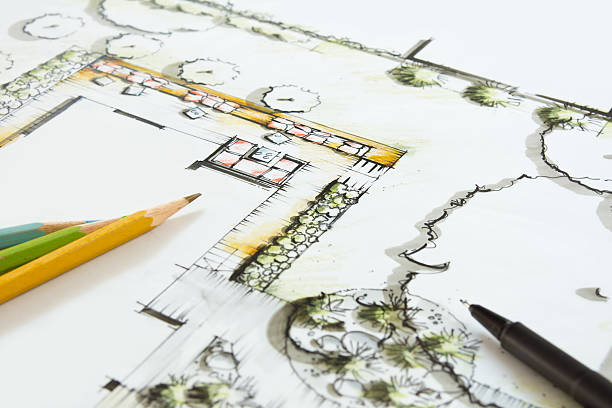
3. Get the Kids Involved: Gardening can be a fantastic activity to share with your children. Not only does it teach them valuable lessons about nature and responsibility, but it also provides quality bonding time. Assign age-appropriate tasks to your kids, such as watering, weeding, or planting seeds. Their enthusiasm and curiosity can turn gardening into a fun family project. Make sure to give them specific tasks to help them get motivated to garden. If you set up the harder tasks ahead of time and teach them the basic concepts it helps them to stay excited about seeing their seeds grow. Talk to them about the process of growing your food and why we must know where our food comes from. Make sure you talk about how growing food is fun but also helps those around you.
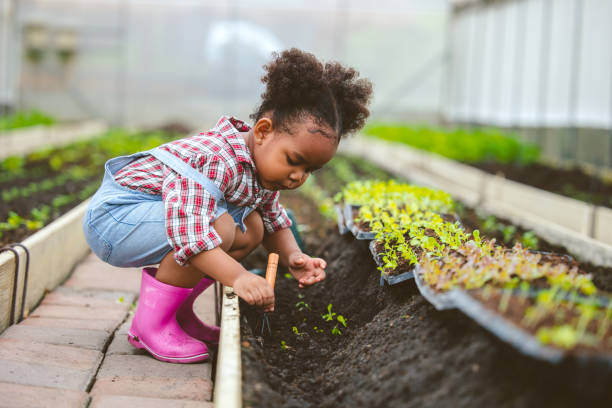
4. Invest in Time-Saving Tools: To streamline your gardening tasks, invest in time-saving tools and equipment. A good-quality garden hose with a nozzle attachment can make watering more efficient, while a sturdy pair of gardening gloves will protect your hands during planting and weeding. Consider using mulch to suppress weeds and conserve soil moisture, reducing the need for frequent maintenance. Look up strategies that have worked in your area to control animals and pests that might come for your plants. It’s important to know what you could face as you garden and to mitigate some of those problems before they arise.
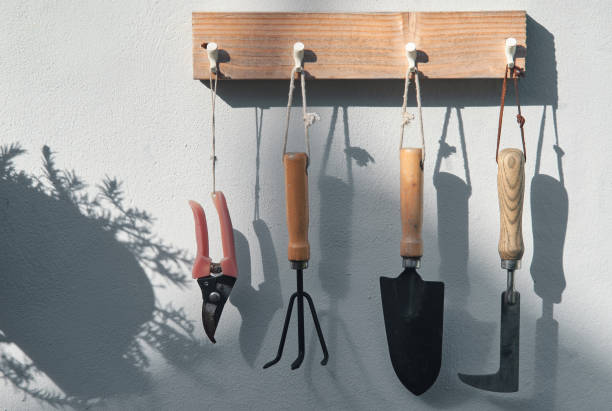
5. Embrace Sustainable Practices: Incorporate sustainable practices into your gardening routine to minimize environmental impact and save time and money. Collect rainwater in barrels for irrigation, compost kitchen scraps to enrich soil fertility, and choose organic fertilizers and pest control methods whenever possible. By working in harmony with nature, you’ll create a healthier and more resilient garden ecosystem. If you look up local gardening groups in your area you will be able to learn so much about your local climate and the challenges you might face. Think about all the things that would be healthy and helpful for your garden and do some research on how to do it as naturally as possible.
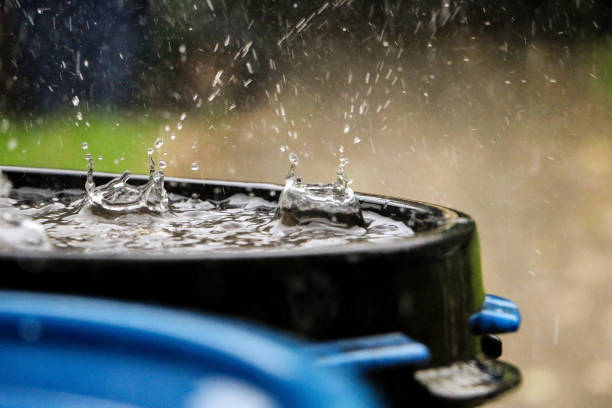
6. Prioritize Self-Care: Amidst the hustle and bustle of parenting and gardening, don’t forget to prioritize self-care. Take breaks when needed, stay hydrated, and protect yourself from the sun with sunscreen and a wide-brimmed hat. Gardening should be a source of joy and relaxation, so don’t hesitate to delegate tasks or ask for help when feeling overwhelmed. Try not to take on a larger challenge than you can handle. Think about the time you have to manage and tend to your garden and what that would require of you. If you can fit it into your schedule and it doesn’t overwhelm you go for it!
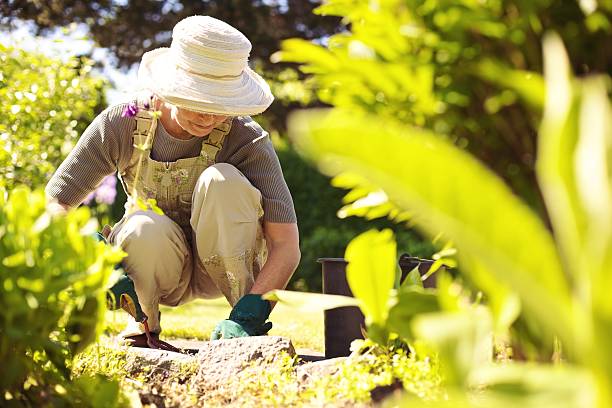
As a single mom, cultivating a garden can be both a practical and therapeutic endeavor. By following these tips and embracing a proactive approach to gardening, you can create a beautiful and productive outdoor space while balancing the demands of parenthood. Remember to enjoy the journey, celebrate your successes, and savor the simple pleasures of tending to your garden with love and care. Happy gardening!
Free Gift Below!
